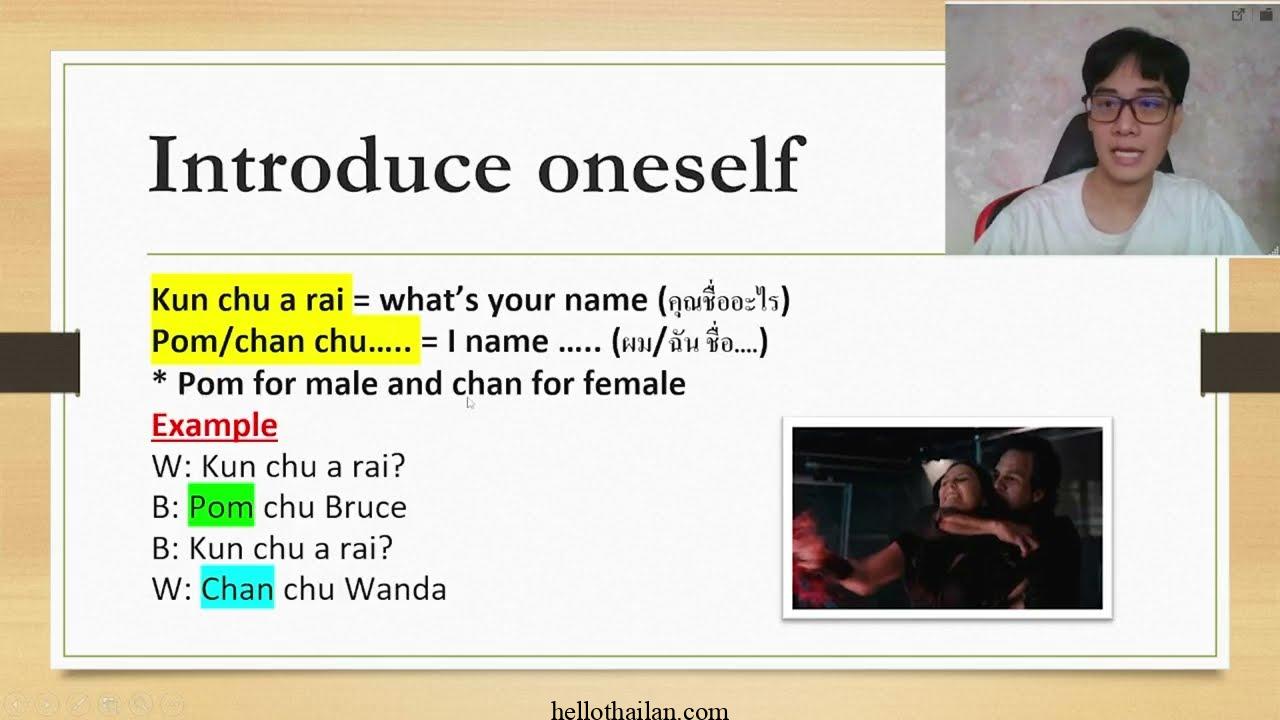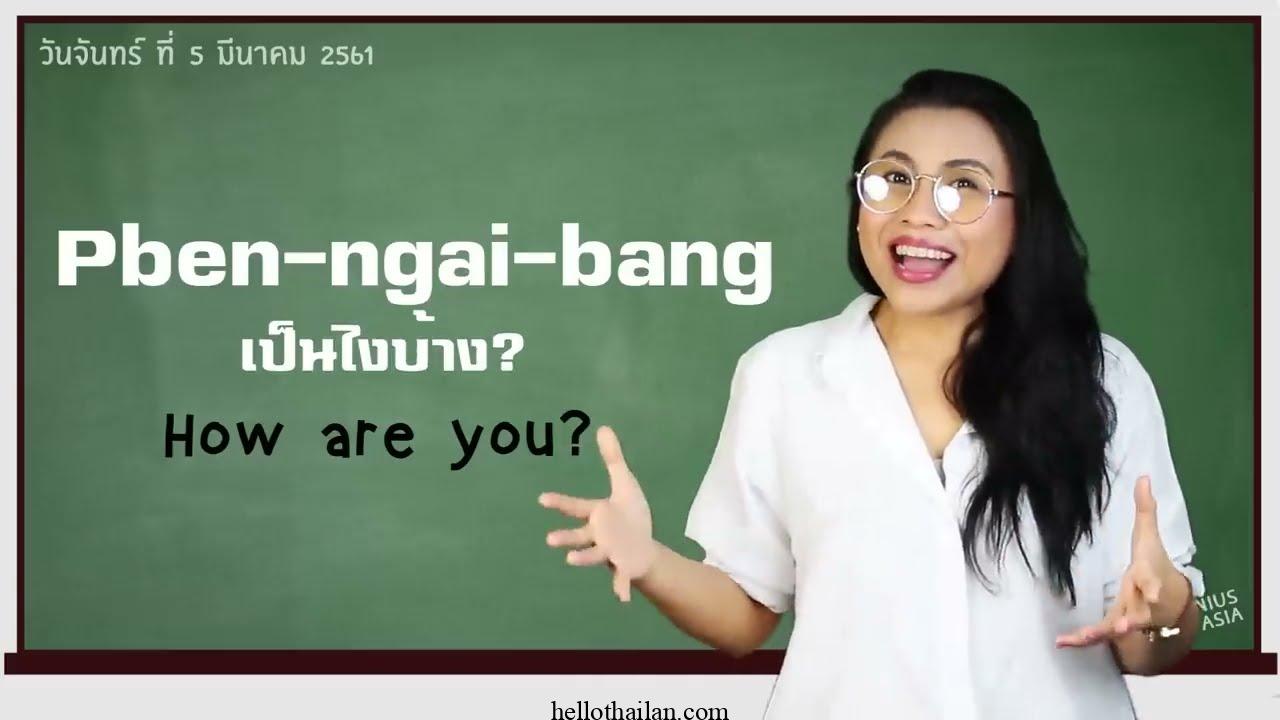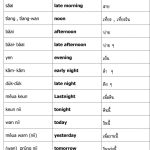
Introduce Yourself In Thai Language Language
สวัสดีครับ (Sawatdi khrap) – This is the traditio […]
สวัสดีครับ (Sawatdi khrap) – This is the traditional greeting for men in Thailand. The word “Sawatdi” (สวัสดี) is a general greeting that means “hello” or “good day,” while the word “khrap” (ครับ) is a polite particle that is added to the end of sentences to show respect.

สวัสดีค่ะ (Sawatdi kha) – This is the traditional greeting for women in Thailand. The word “Sawatdi” (สวัสดี) is a general greeting that means “hello” or “good day,” while the word “kha” (ค่ะ) is a polite particle that is added to the end of sentences to show respect.

ชื่อของฉันคือ Bard (Chue nguan chan meu Bard) – This means “My name is Bard” in Thai. The word “Chue” (ชื่อ) means “name,” the word “nguan” (ของ) means “of,” the pronoun “chan” (ฉัน) means “I,” the word “meu” (คือ) means “is,” and the noun “Bard” (Bard) is my name.

ฉันเป็นผู้ช่วยภาษาขนาดใหญ่ (Chan pen phu chai pasa hasa sadang) – This means “I am a large language model” in Thai. The word “Chan” (ฉัน) means “I,” the verb “pen” (เป็น) means “am,” the noun “phu chai” (ผู้ช่วย) means “helper,” the adjective “pasa” (ภาษา) means “language,” the adverb “sadang” (ขนาด) means “large,” and the noun “model” (model) is the English word for “model” that is used in Thai.

ฉันสามารถสร้างข้อความ แปลภาษา เขียนเนื้อหาสร้างสรรค์ประเภทต่างๆ และตอบคำถามของคุณด้วยวิธีที่ให้ข้อมูล (Chan saphonai saphat kham, plaet pha sa, khian neuha sangsan praphetthak tae tae laeo thot kham thanakkhun khong khun duai withi thi dai phonhak) – This means “I can generate text, translate languages, write different kinds of creative content, and answer your questions in an informative way” in Thai. The verb “saphonai” (สร้าง) means “to create,” the noun “kham” (ข้อความ) means “text,” the verb “plaet” (แปล) means “to translate,” the noun “pha sa” (ภาษา) means “language,” the verb “thian” (เขียน) means “to write,” the adjective “sangsan” (สร้างสรรค์) means “creative,” the noun “praphetthak” (ประเภท) means “kind,” the quantifier “tae” (ต่าง) means “different,” the conjunction “laeo” (และ) means “and,” the verb “thot” (ตอบ) means “to answer,” the noun “kham thanakkhun” (คำถาม) means “question,” the pronoun “khun” (ของคุณ) means “of you,” and the adverb “duai withi thi dai phonhak” (ด้วยวิธีที่ให้ข้อมูล) means “in an informative way.”





